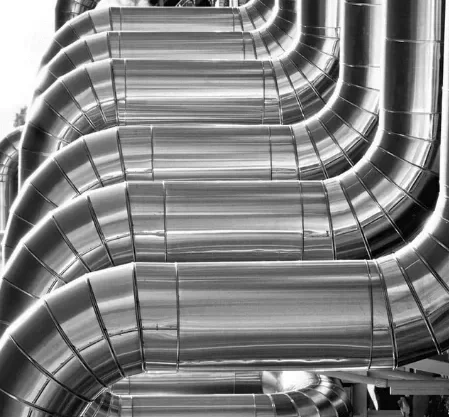
Aluminium Cladding
Aluminum cladding refers to the application of a layer of aluminum onto another material or structure for various purposes, including protection, insulation, and aesthetics. This cladding technique is commonly used in construction, manufacturing, and other industries. Here are some key aspects of aluminum cladding:
- Material and Structure:
- Base Material: The material being covered or protected is called the base material. It can be structural elements like steel, concrete, or insulation materials.
- Aluminum Layer: The aluminum layer serves as a protective covering. It can come in the form of sheets, panels, or other configurations depending on the specific application.
- Types of Aluminum Cladding:
- Composite Panels: Aluminum composite panels consist of two aluminum sheets bonded to a core material, often made of polyethylene (PE) or fire-resistant materials. These panels are lightweight, durable, and commonly used in architectural applications.
- Sheet Cladding: Thin aluminum sheets can be directly attached to a substrate, providing protection against environmental factors and enhancing the appearance of the surface.
- Benefits of Aluminum Cladding:
- Corrosion Resistance: Aluminum is naturally resistant to corrosion, making it an ideal material for protecting structures from the effects of weather and environmental exposure.
- Durability: Aluminum cladding enhances the durability of the underlying material, increasing its lifespan and reducing maintenance requirements.
- Aesthetics: Cladding can improve the visual appeal of a structure. Aluminum is available in various finishes and colors, allowing for customization to match architectural designs.
- Insulation: In some applications, aluminum cladding may include insulation materials, contributing to thermal efficiency and energy conservation.
- Applications:
- Building Facades: Aluminum cladding is frequently used for exterior building facades, providing both protection and an aesthetic finish.
- Roofing: Aluminum cladding can be applied to roofing materials, enhancing weather resistance and extending the lifespan of the roof.
- Industrial Equipment: It is used to protect and enhance the appearance of industrial equipment, machinery, and structures.
- Installation:
- Aluminum cladding can be installed through various methods, including direct attachment, adhesive bonding, or mechanical fastening. The method depends on factors such as the application, substrate material, and design requirements.
- Maintenance:
- While aluminum is corrosion-resistant, periodic cleaning may be necessary to maintain its appearance. Regular inspections ensure that any damage or wear can be addressed promptly.
Aluminum cladding is valued for its versatility, lightweight nature, and resistance to corrosion. It is a popular choice in the construction industry for both functional and aesthetic purposes.